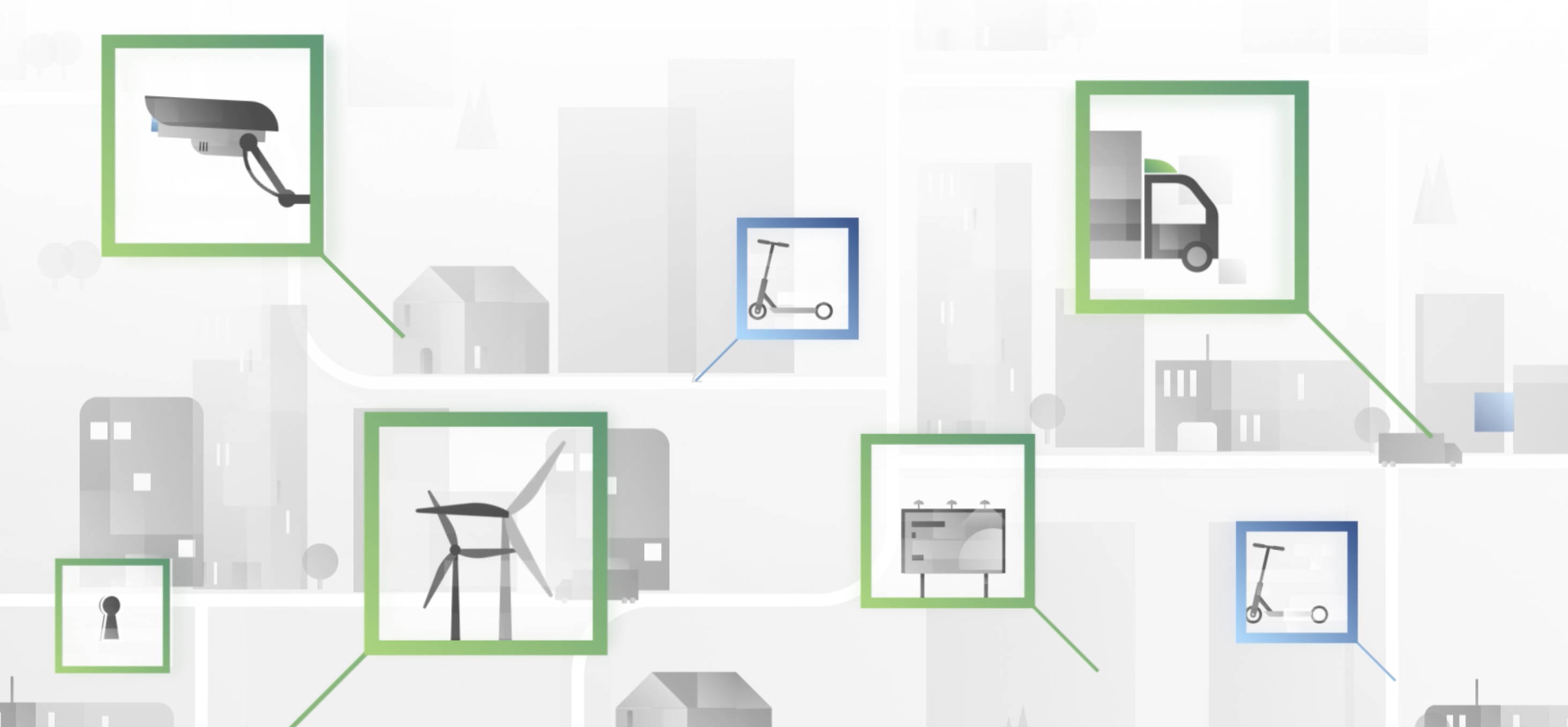

Quick definition: Infrastructure as a Service (IaaS) is a cloud computing service that lets organizations rent resources like servers, network security features, and data centers. Instead of investing in building and maintaining your own IT infrastructure, you simply pay for the resources you need and focus on your software application.
IaaS is one of the four types of cloud computing services. The other three types are:
- Platform as a Service (PaaS): This provides the IT infrastructure as well as operating systems and additional development, management, and analytics tools.
- Software as a Service (SaaS): This adds then the software application which is distributed through the Internet
- Serverless: This allows developers to create applications without thinking about infrastructure.
The key advantages of relying on IaaS are:
- You don’t have to maintain the servers, data centers, or network security
- Your computing resources easily scale up or down with your business
- You can deploy globally with locally-hosted resources
- Your service provider guarantees uptime and availability
- You can deploy in a public or private cloud
Software companies and Internet of Things (IoT) manufacturers may use IaaS to supplement their in-house infrastructure (for example, they may use IaaS to create testing environments) or to host their entire applications. Since this infrastructure belongs to the IaaS provider, developers use APIs to access their computing resources.
Affordable cloud computing
It takes a massive investment to build and maintain data centers, servers, and network cybersecurity. By turning to Infrastructure as a Service, startups and other organizations that don’t have the budget to operate their own IT facilities, departments, and computing infrastructure can immediately access the network resources they need.
The upfront costs are significantly lower, and the ongoing costs are simply based on usage. You don’t have to upgrade, update, or expand the infrastructure or hire IT professionals. You get the benefits of having a cloud native application without the challenges and usual expenses of operating your own cloud.
Scalable infrastructure
With IaaS, you only pay for the resources you use. As your customer base grows and your application develops new use cases and capabilities, you don’t have to worry about whether your infrastructure can keep up. The service provider has far more computing resources than you need—because their business is all about providing infrastructure.
When you need to scale down, IaaS helps you there, too. With your own network infrastructure, you’re still on the hook for maintaining and operating all the servers, data centers, and computing resources you own, even if you’re not using it all. At times, you may wind up paying for far more infrastructure than you need. But with IaaS, when you use fewer resources, you pay less money.
You can also scale faster, because the service provider’s resources are available on demand. You don’t have to build, buy, or install additional infrastructure when you need more. Want a separate cloud to test a major update? Get it when you need it, and don’t pay for it when you don’t. You can start and stop payments for services at any time and add or subtract services as needed.
Globally accessible resources
Large service providers that lease their cloud computing infrastructure have servers and data centers all over the world. So when you deploy in a new country, your customers’ data doesn’t have to travel through your home country—you can simply use network infrastructure in a region close to them.
This is especially valuable with global deployments of cellular IoT devices, where data processing on other continents creates latency and can cause problems for fast-moving mobile devices and applications where timing is critical.
Reliable IT service
Since you don’t own the infrastructure, you’re not responsible for keeping the network operational. The service provider guarantees uptime and performance in their Service Level Agreement (SLA), and you can pass those guarantees on to your customers.
IaaS providers can promise reliability because they have multiple levels of Network Redundancy built into their infrastructure. If a server or datacenter is unavailable due to power outages, network failures, human errors, or other circumstances, the network has additional resources available to prevent (or significantly reduce) any service disruption.
Robust security
IaaS providers compete to provide their customers with state-of-the-art infrastructure. They can’t afford to leave holes in their security. With IaaS, you never have to worry about upgrading OS, patch levels, or vulnerabilities in your infrastructure. Your provider is constantly investing in security, conducting penetration tests to expose potential weaknesses, and improving on their systems.
Build your IoT solutions with emnify
emnify is a cloud communication platform for the Internet of Things. If you’re building an IoT application that relies on cellular connectivity, we’ll keep your devices connected anywhere in the world. Our SaaS and PaaS solutions are built on AWS’s IaaS, giving you a complete communication solution for all your IoT applications.
There are no contracts, and you only pay for the data you use. We can scale up or down with your business as your needs change, and you can completely manage your connected devices through our dashboard—or use our API to integrate the data you need with the tools you already use.
Get in touch with our IoT experts
Discover how emnify can help you grow your business and talk to one of our IoT consultants today!



